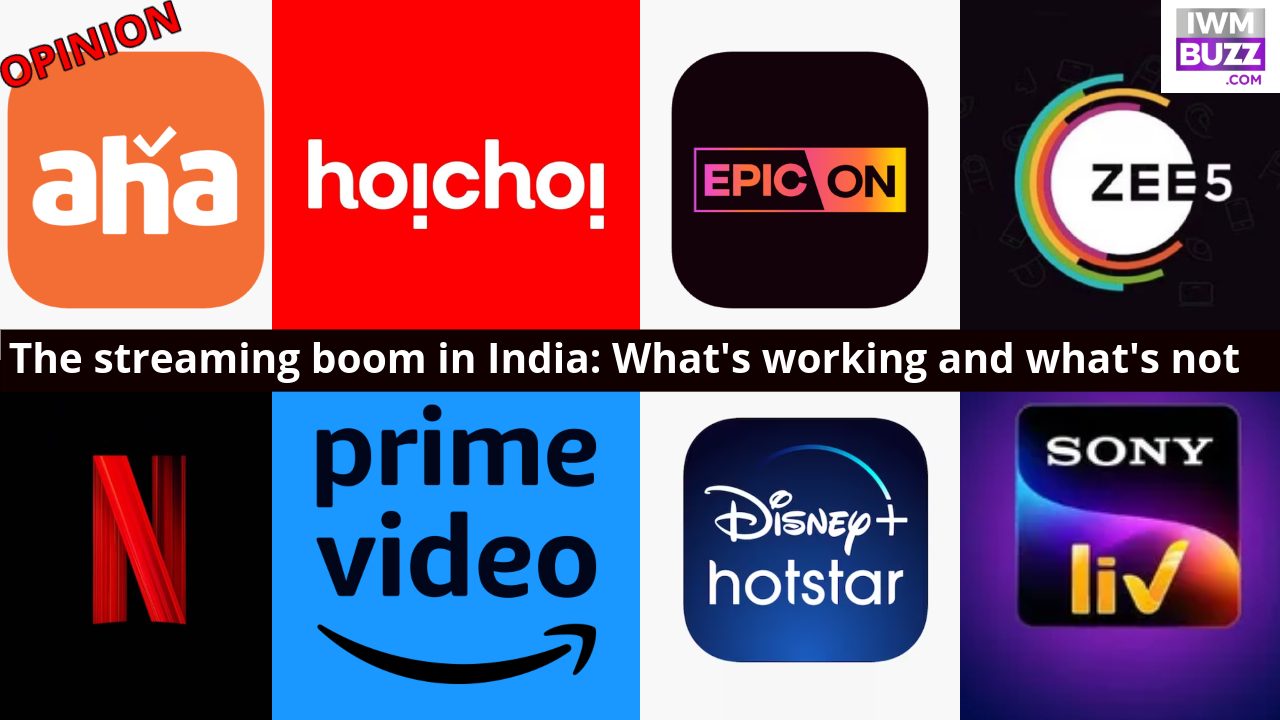India enjoys a vast audience, a phenomenon spurred by a combination of affordable data plans and the meteoric rise in smartphone usage.
Nearly half a billion individuals in India now partake in the streaming of content, with mobile phones reigning supreme as the device of choice. This audience hungers for local narratives, and platforms that prioritize high-quality regional content, spanning from Tamil thrillers to Marathi comedies, are experiencing extraordinary success.
Further propelling this growth is the advent of original content. Productions such as Sacred Games and Mirzapur have transcended international boundaries, firmly establishing Indian streaming on the global stage. The burgeoning trend of short-form content caters impeccably to the modern, fast-paced lifestyle, with platforms like Disney+ Hotstar and MX Player astutely capitalizing on this demand. Cricket remains a veritable goldmine for streaming services. Platforms with exclusive rights to major tournaments witness a surge in subscriptions, particularly during peak seasons. Local entities like JioCinema and Aha are also making their mark, offering content meticulously tailored to specific regional languages and tastes, providing formidable competition to international giants.
Coming to the global spectrum, Last year marked a significant hike in subscription rates across nearly all streaming platforms, with 44% of Americans witnessing a surge in their streaming costs. This escalation in pricing is not merely a reflection of inflation but a testament to the industry’s efforts to expand offerings and enhance user experiences, thereby justifying the rising costs.
Contrary to popular belief, cost is not the concern for consumers when selecting a streaming service. According to Amdocs, a leader in software and services for communications and media companies, value-driven features are what entice subscribers. The “New Streamer 2024” report reveals that a remarkable 72% of consumers prioritize original content as the most compelling reason to invest in a subscription. This is followed by a steady influx of new content every few weeks (59%), access to older titles (55%), and the ability to watch content anywhere (49%), according to an article by Forbes.
Five years after Netflix entered India and Reliance Jio introduced affordable data plans, the country now boasts approximately 40 prominent OTT players. Among these, a dozen are home-grown regional platforms streaming content in languages such as Tamil, Telugu, Malayalam, Kannada, Marathi, Bengali, Punjabi, Gujarati, Bhojpuri, and Odia. India’s linguistic diversity supports numerous OTT platforms catering to significant language groups, with ten languages spoken by 50-100 million people globally, each capable of sustaining its own platform. The demand for regional content is surging, with 50-60% of new shows now regional, a substantial increase from 20% three years ago. Last year, India produced 2,500 hours of original digital content, with projections to reach 4,500 hours within two years—enough content to require roughly two months of continuous viewing to consume.
According to EY’s Pherwani, there is room for 25 regional OTT platforms, with each major language potentially supporting one or two. Regional OTTs possess an intrinsic understanding of local stories and audiences, allowing them to stream unique and culturally rich content often overlooked by larger platforms. Companies like Hoichoi and Aha, with roots in film production, leverage their extensive content libraries to fuel their OTT offerings.
Platforms like Hoichoi, Aha, and OHO Gujarati bring their extensive experience in film production to the table. Meanwhile, Sun NXT, owned by the southern broadcasting giant Sun Network, leverages its vast repository of TV content and film rights, making the transition to an OTT platform a natural progression.
However, the tableau is not entirely bathed in sunshine and roses. The frenetic growth observed during the pandemic has begun to show signs of deceleration. Subscription fatigue and a shift towards alternative entertainment options may be contributing factors. Converting viewers who are content with free platforms such as YouTube into paying subscribers remains a formidable challenge. The market itself is fiercely competitive, with both domestic and international players vying for the audience’s attention, making it arduous for some services to distinguish themselves.
Piracy persists as a major scourge, siphoning millions from the industry. Ambiguous censorship regulations further compound the issue, potentially stifling creative expression. While there is a robust push for local content, budget constraints often render it difficult to match the production quality of international offerings, leading to inconsistencies. Data consumption also presents a challenge, particularly for viewers on limited mobile data plans. Streaming can devour a substantial amount of data, potentially deterring these viewers from subscribing.
Despite these challenges, India’s streaming market holds potential. Platforms that focus on local content, affordable subscriptions, and a seamless mobile experience are well-poised for success. The coming years promise to be intriguing as the industry navigates fierce competition and journeys to sustain its growth market.











